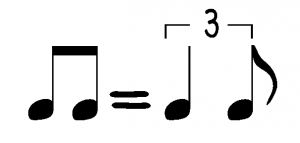March 29th, week 3 of the quarantine in Columbus. I’ve just canceled all the shows we had lined up because it’s clear that the venues were not reopening any time soon. My bassist messages me a video, the Chad LB Virtual Big Band doing a remote video performance, and says “Not sure if you’ve seen this already but just throwing the idea out there for FJO…”. And that was the tipping point that led into an 8-month rabbit hole of DIY videography, music production, bedroom recordings, color grading, international collaboration, and lots of logistical organization.
The Brooklyn Rose Future Jazz Orchestra is a 10+ piece supergroup of musicians from around Columbus. This is the story of how we made 4 music videos under quarantine.
Continue reading “How we made 4 music videos during quarantine – A retrospective/tutorial”

